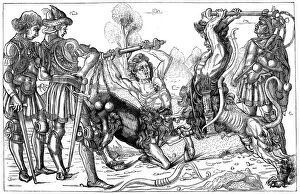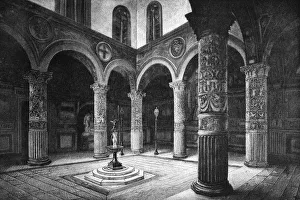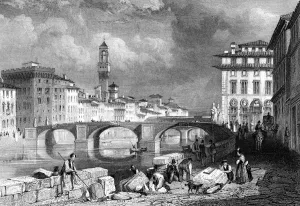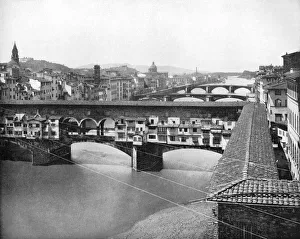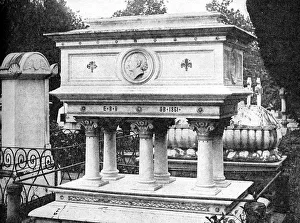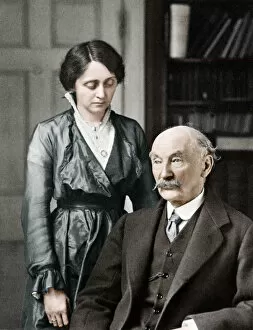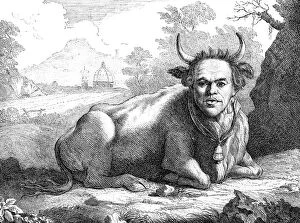Florence Collection (page 100)
Florence, a city steeped in history and art, has been a muse for countless creative minds throughout the ages
All Professionally Made to Order for Quick Shipping
Florence, a city steeped in history and art, has been a muse for countless creative minds throughout the ages. From the masterpieces of Gozzoli and Benozzo di Lese to the intricate Carta della Catena map, this enchanting place has inspired generations. In 1490, as depicted in the Map known as Della Catena by Francesco di Lorenzo Rosselli, one can witness the breathtaking view that captivated Dante Alighieri himself. The Italian poet gazes upon his beloved Beatrice with admiration and longing. The vibrant colours of a woodcut print bring to life the spirit of Florence. Just like Florence Nightingale, who earned her nickname "The Lady With The Lamp" for her tireless dedication to nursing during wartime. Her selflessness shines through centuries later. A princess peers into a mirror, perhaps reflecting on her own beauty amidst Florence's grandeur. And just like the elusive Ghost plant or Indian pipe that blooms mysteriously in its shadows, there is an air of mystique surrounding this captivating city. Perseus and Medusa statue at Loggia dei Lanzi stands tall as a testament to Florentine bravery and resilience. It echoes Michelangelo's David nearby – both sculptures embodying strength and grace that define Florence itself. Santi di Tito's portrait captures Niccolo's essence perfectly - his eyes filled with wisdom gained from living in this remarkable city where art thrives around every corner. Even beyond its borders, Florence leaves an indelible mark on popular culture. The Supremes' iconic image showcases not only their talent but also how far-reaching Florence's influence truly is - transcending time and geography. Florence remains timeless; it continues to inspire artists across various mediums even today. Its allure lies not only in its rich history but also in its ability to ignite creativity within those fortunate enough to experience its magic firsthand.








